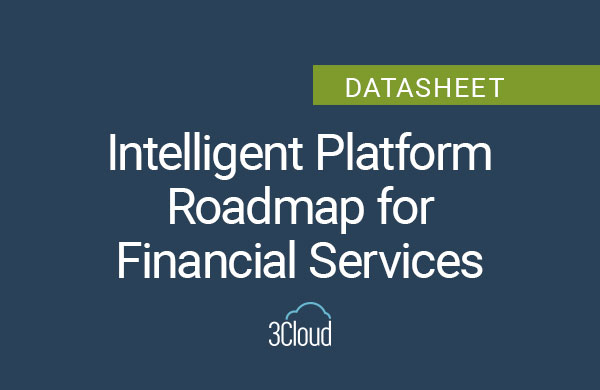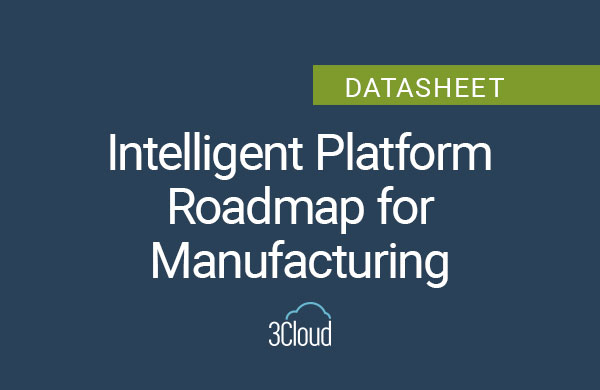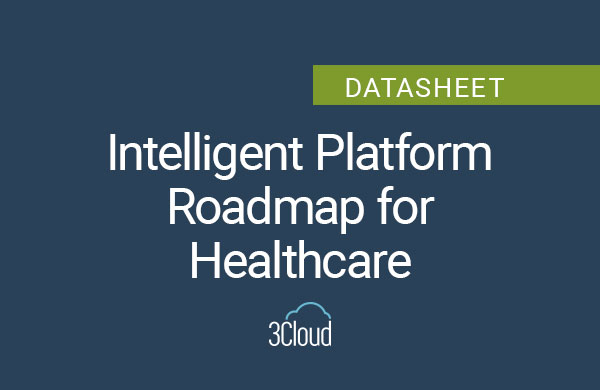Vast amounts of data inundate businesses today. Using data effectively can give your business an advantage, but it requires responsible management and governance.Today, AI plays a large role in enhancing data governance, offering tools for better accuracy, compliance, and process for making decisions. Let’s explore data governance, why it’s indispensable for businesses, and how to implement and sustain it.
Understanding Data Governance
This is the overarching framework and set of practices that ensure data is managed, used, and protected in a consistent and effective manner within an organization. It involves defining ownership, establishing processes, setting guidelines and implementing policies to maintain data integrity and reliability. Another important role for data governance is for businesses to ensure the accuracy, consistency and usability of data.
Data management focuses on the technical aspects of handling data, while data governance is more strategic in nature. Data management can be compared to a librarian organizing books, while data governance represents the rules and policies governing the library. It’s the difference between handling the tools and defining how those tools should be used. For more details, check out our introduction to data governance blog post.
The Importance of Data Governance
First, it ensures data security, safeguarding sensitive information from unauthorized access. Second, it enables businesses to find valuable insights through effective business intelligence. And finally, a robust framework provides a competitive edge by ensuring your business has reliable, accurate data.
A solid data governance framework impacts data quality. Improved data quality is influenced by establishing standards, defining processes and ensuring compliance.
A properly executed governance framework guarantees that data is accurate, consistent and trustworthy, instilling confidence for businesses to make crucial, data driven decisions. Data governance is important for making decisions based on data, and every organization should prioritize setting up a solution. Discover the importance of data governance in the analytics space.
Implementing Data Governance
Several important components, including well-defined policies, standards, and processes, make up a successful governance program.
- Data governance policies encompass high-level principles, including components such as data ownership, quality, security, lifecycle and compliance.
- Standards provide detailed guidelines for policy implementation, covering metadata, data classification, integration, and security; for example, a requirement that customer data metadata must include creation date, with sensitivity classified as public, internal or confidential.
- Processes involve a series of steps for effective policy and standard implementation, encompassing data stewardship, quality management, data access requests and lifecycle management.
Need help with implementation? Reach out to us today.
Practical Steps to Governance
Implementing data governance in an organization involves several steps. Here is a step-by-step guide to help ensure it’s actionable:
Define Data Governance Objectives
- Clearly articulate the goals and objectives of the data governance program.
- Align objectives with overall business strategy and priorities.
Establish a Team
- Form a cross-functional team representing key business units and IT.
- Appoint a data governance leader or manager responsible for oversight.
Conduct a Data Inventory and Assessment
- Identify and document all data assets within the organization.
- Assess the current state of data quality, security and compliance.
Create Data Governance Policies
- Develop high level policies outlining principles, responsibilities and objectives.
- Cover areas such as data ownership, quality, security, lifecycle and compliance.
Define Data Standards
- Specify detailed guidelines for implementing policies.
- Establish standards for metadata, data classification, integration and security.
Implement Processes
- Design and document processes for data stewardship, quality management, access requests and lifecycle management.
- Ensure processes are clear, actionable and aligned with policies.
Assign Data Stewards
- Identify individuals responsible for data within specific business units.
- Clearly define roles and responsibilities for data stewards.
Educate and Train Stakeholders
- Conduct training sessions to educate employees on data governance principles, policies and procedures.
- Ensure understanding and adherence to practices.
Establish Data Quality Management
- Implement processes for data profiling, cleansing and monitoring.
- Set up mechanisms for reporting and resolving data quality issues.
Enhance Data Security Measures
- Implement access controls, encryption and other security protocols.
- Regularly review and update security measures to address evolving threats.
Implement Data Lifecycle Management
- Define the process of creating, updating, archiving, and eventually deleting data.
- Ensure compliance with legal and regulatory requirements regarding data retention.
Document and Communicate
- Document all policies, standards and processes.
- Communicate these documents throughout the organization to ensure awareness.
Establish Continuous Monitoring and Improvement
- Implement mechanisms for ongoing monitoring of data governance processes.
- Set up feedback loops and conduct periodic reviews to identify areas for improvement.
Measure and Report Progress
- Define key performance indicators (KPIs) to measure the success of the data governance program.
- Regularly report progress to stakeholders and leadership.
Iterate and Evolve
- Use feedback and performance metrics to iterate and improve data governance practices.
- Stay adaptable to changes in business requirements, technology and regulations.
By following these steps, organizations can establish and maintain an effective data governance program that aligns with their objectives and ensures the responsible and secure management of data assets.
There are challenges businesses must overcome to successfully implement data governance within the organization. Challenges in implementing data governance include resistance to change, lack of awareness and technological hurdles. Overcoming these challenges requires effective communication, executive support, and a phased approach to implementation. For support and information on our services, speak with a 3Cloud expert.
Compliance, Regulations and Tools
Compliance and regulations closely tie data governance. For instance, the General Data Protection Regulation (GDPR) necessitates stringent data governance practices to ensure the lawful and ethical use of personal data. Compliance with regulations like this are not only a legal requirement but also part of ethical business practices.
There are various technologies in the space including Collibra, Informatica, and Microsoft Azure Purview. These tools facilitate metadata management, data quality monitoring and policy enforcement, enhancing the effectiveness of governance programs. Azure Purview is a comprehensive set of solutions that helps businesses govern, protect and manage data, wherever it lives. Purview solutions provide integrated coverage to help address the fragmentation of data across organizations, as well as the lack of visibility that hampers data protection and governance, and the blurring of traditional IT management roles.
- Learn about Data Governance for Capital Markets.
Ongoing Governance Strategy
The responsibility for data governance typically falls on key roles within an organization, such as Chief Data Officers (CDOs), data stewards or data managers. These individuals play an important role in defining and implementing the governance framework. Regular reviews are essential when working with data.Try to have yearly reviews. However, be prepared to change the strategy more frequently if there are significant changes in business objectives, data sources or regulations.
Robust data governance holds immense value. Prioritizing data governance is synonymous with ensuring the longevity and prosperity of businesses of any size. Data continues to play a pivotal role in decision making and customer interactions, so investing in robust data governance emerges not only as a wise business strategy but as an essential component for building trust, and maintaining compliance. Evaluate your current governance strategy and for additional guidance, contact 3Cloud today.




